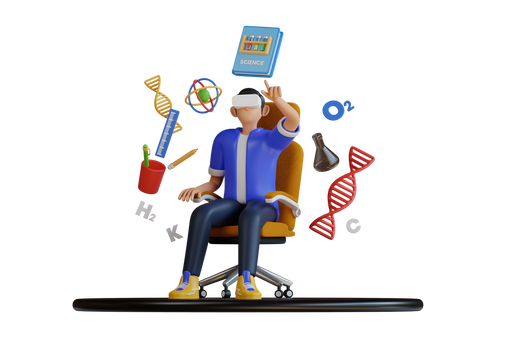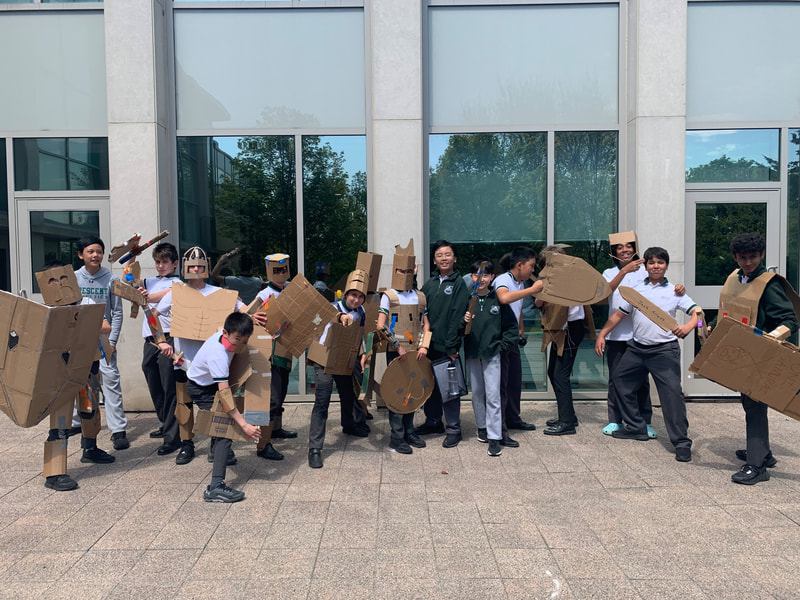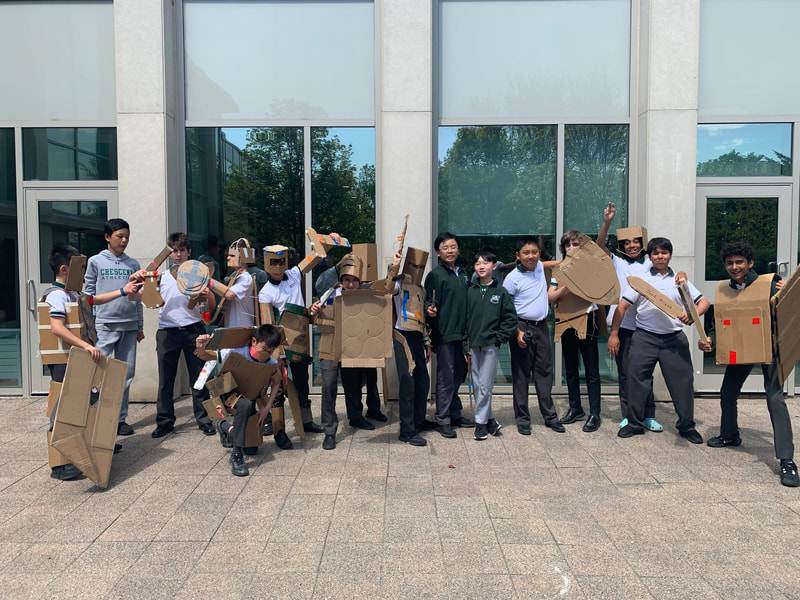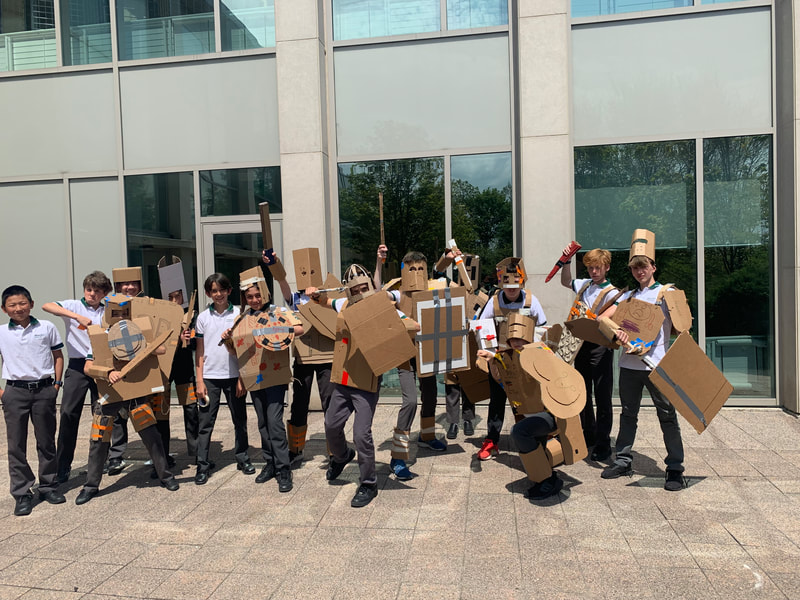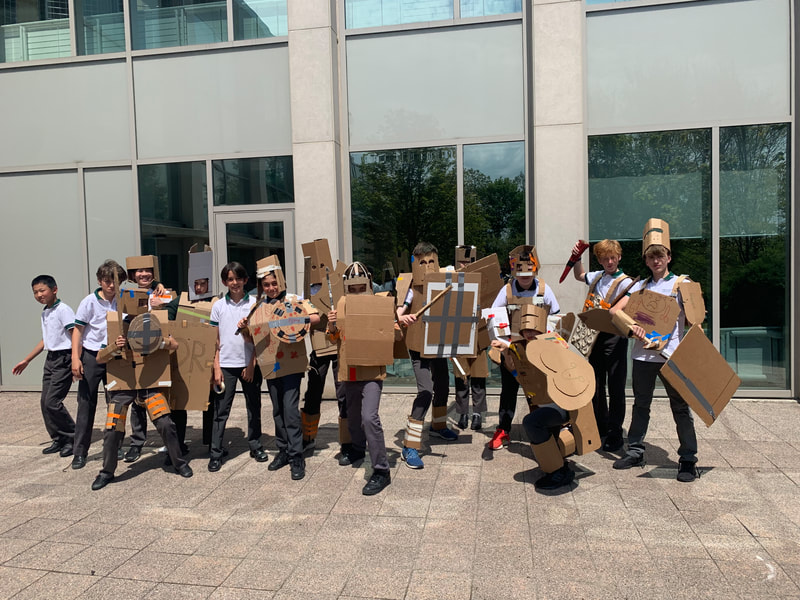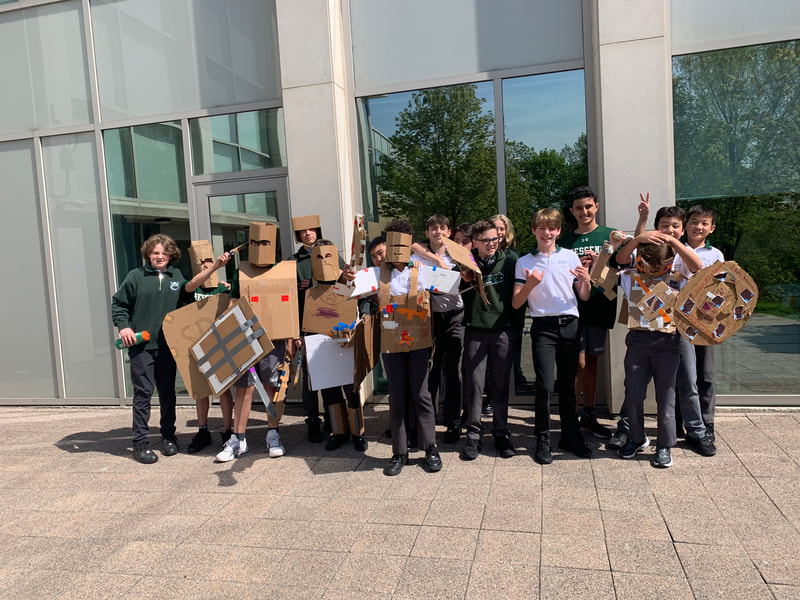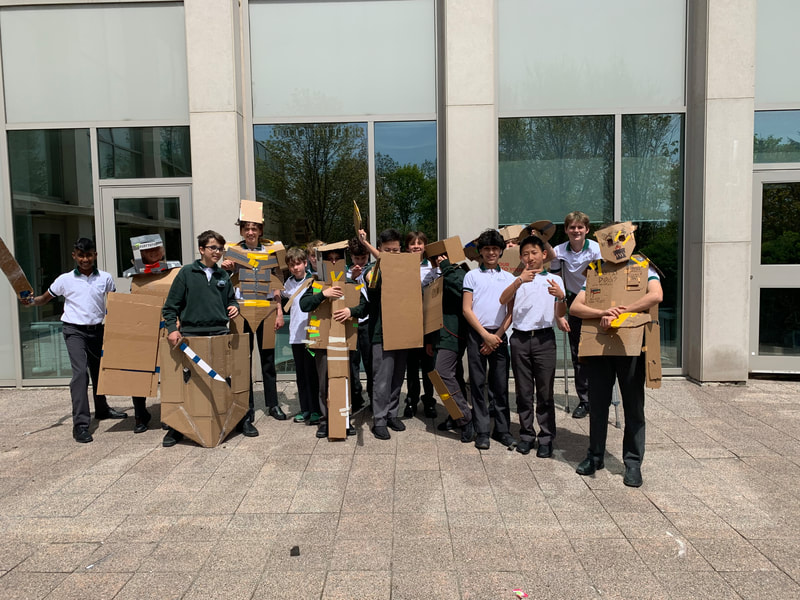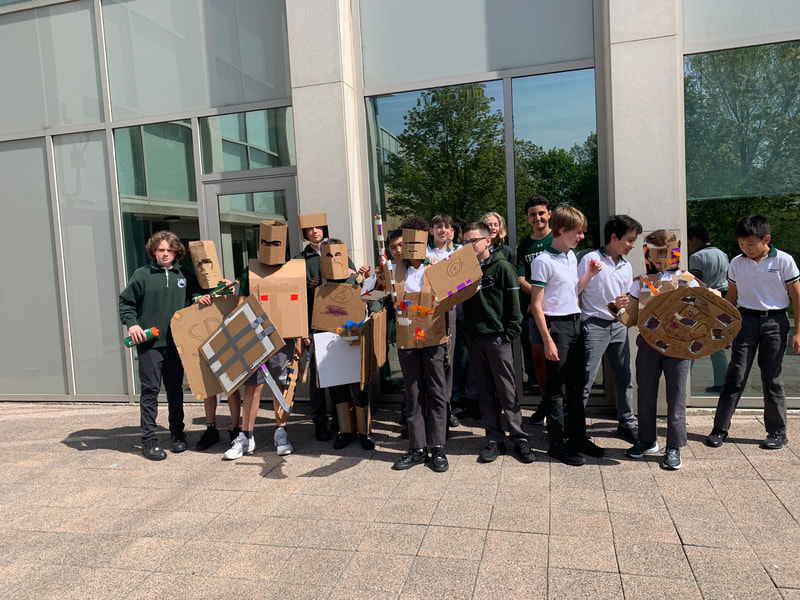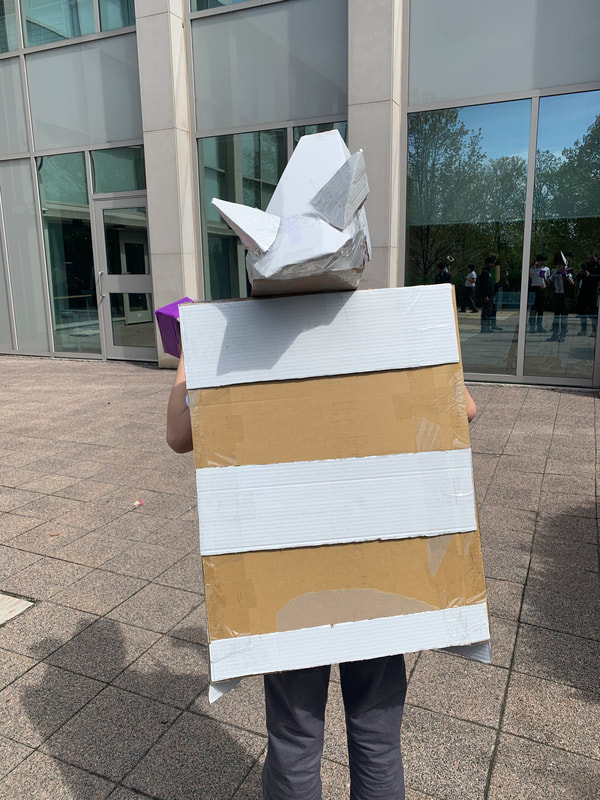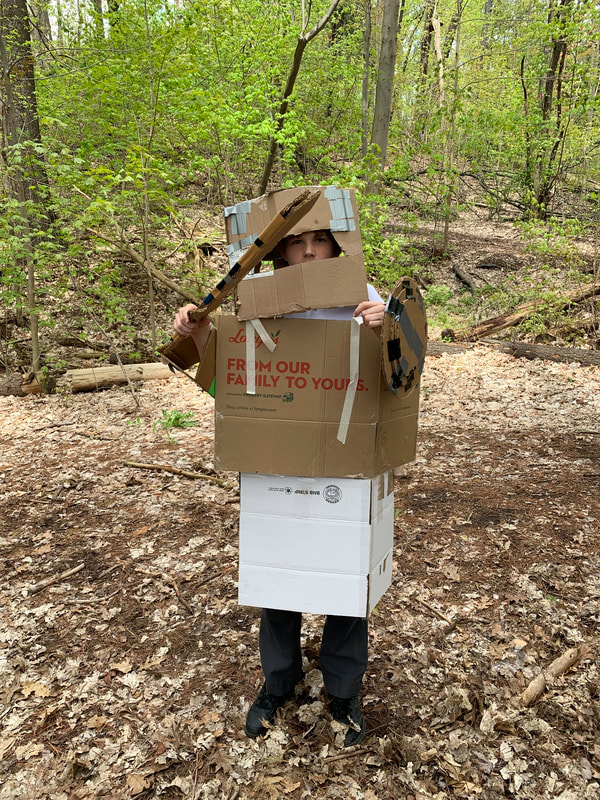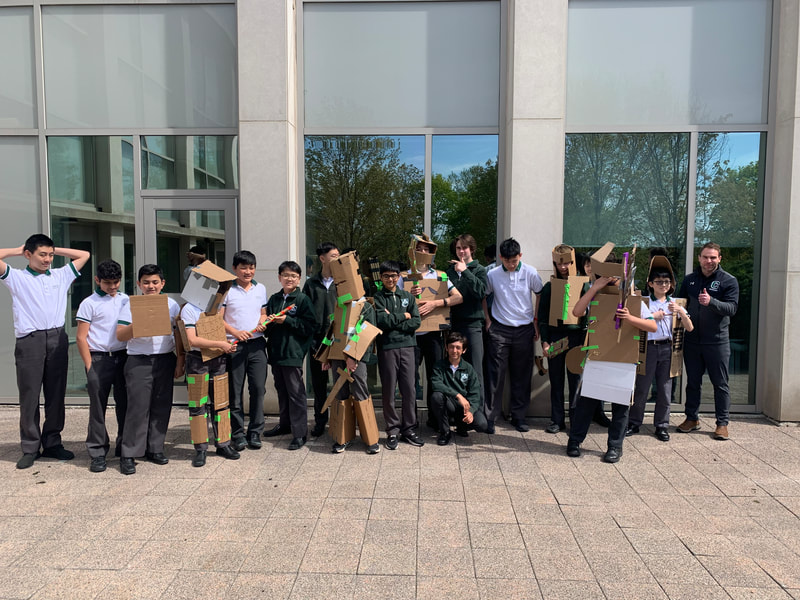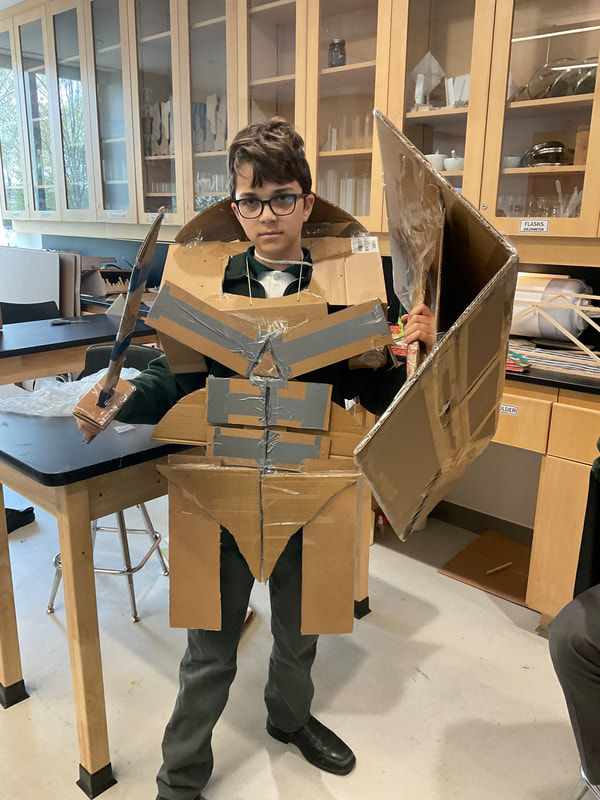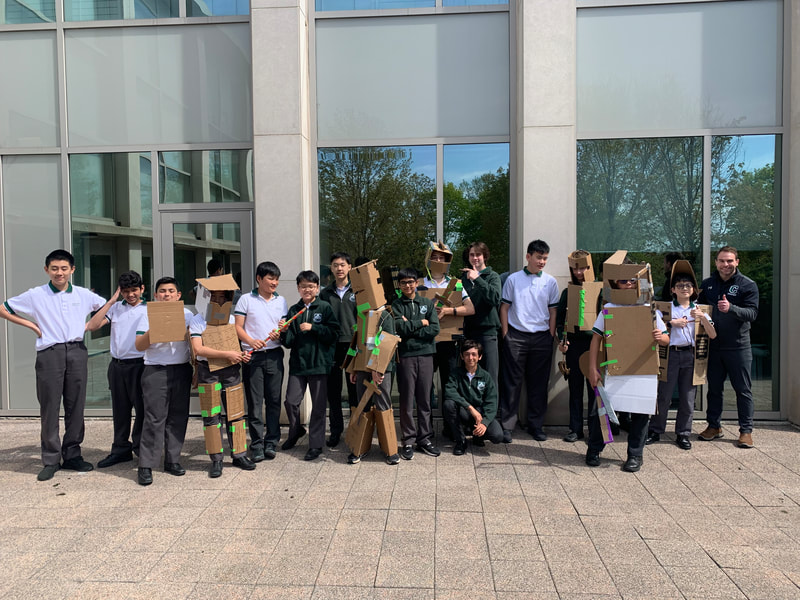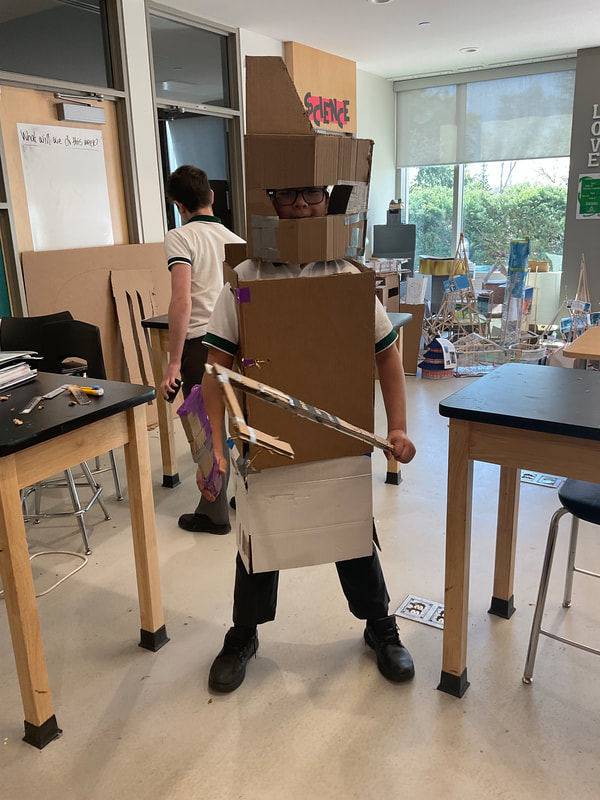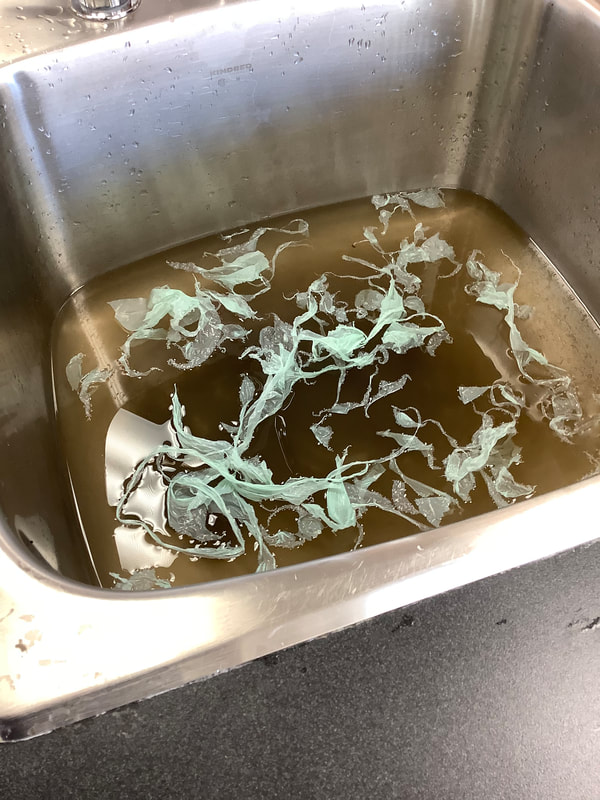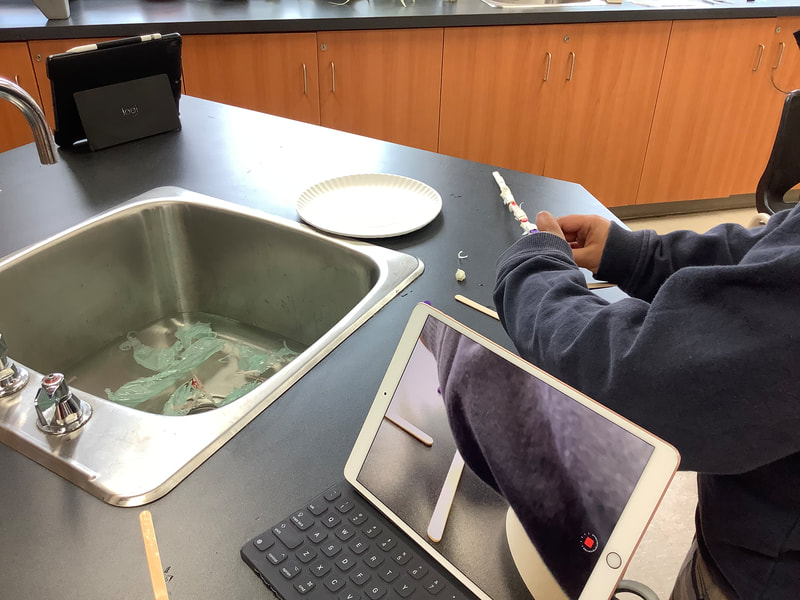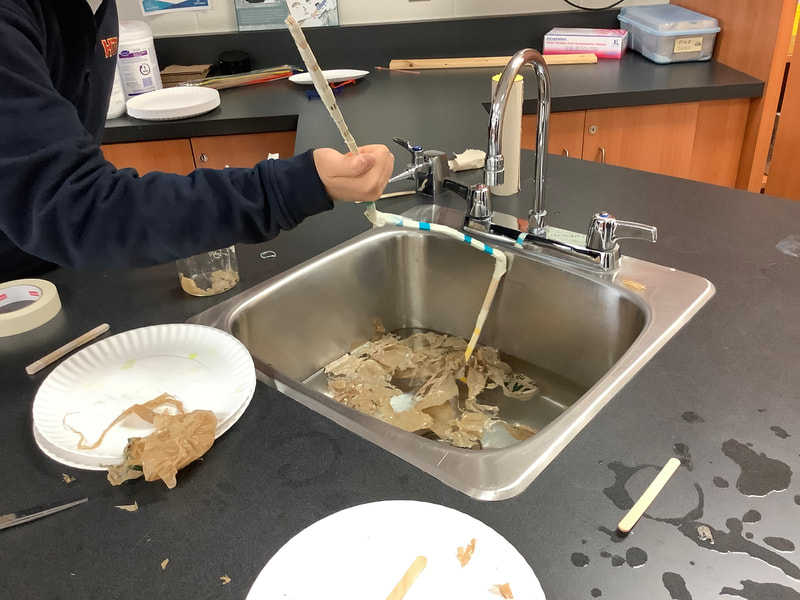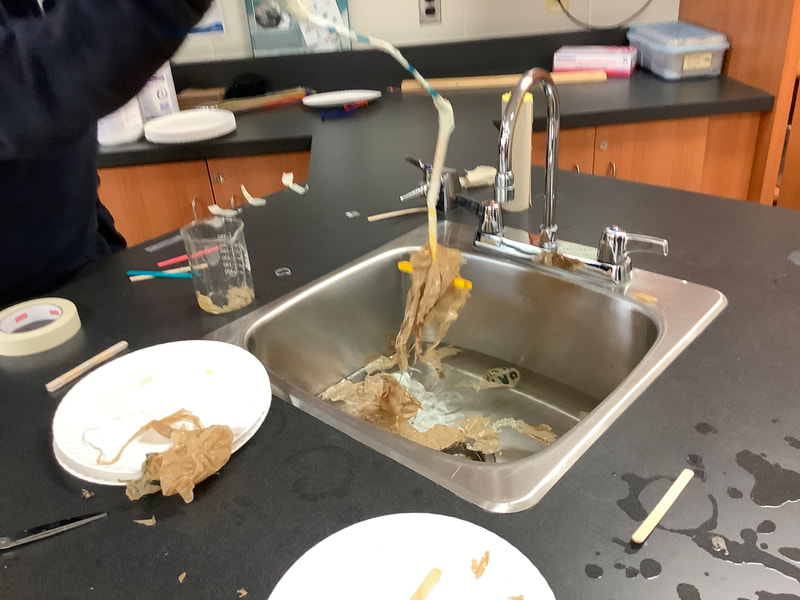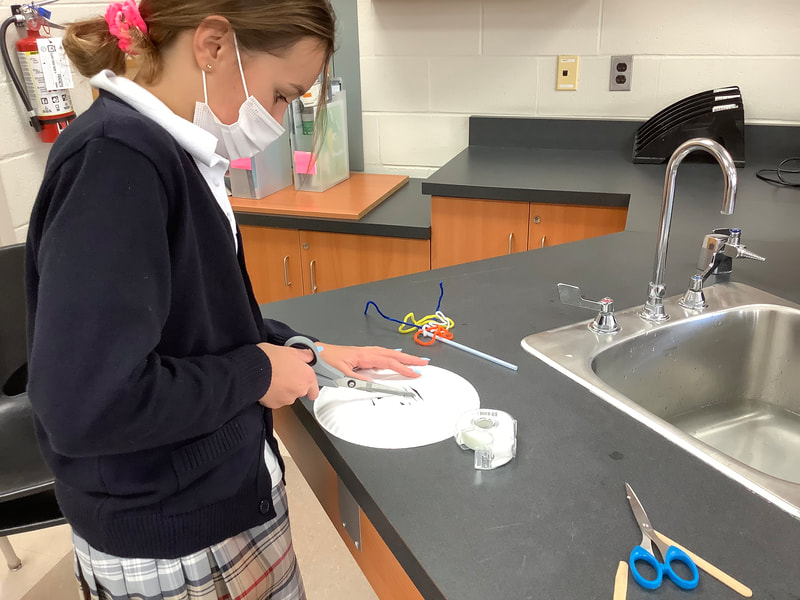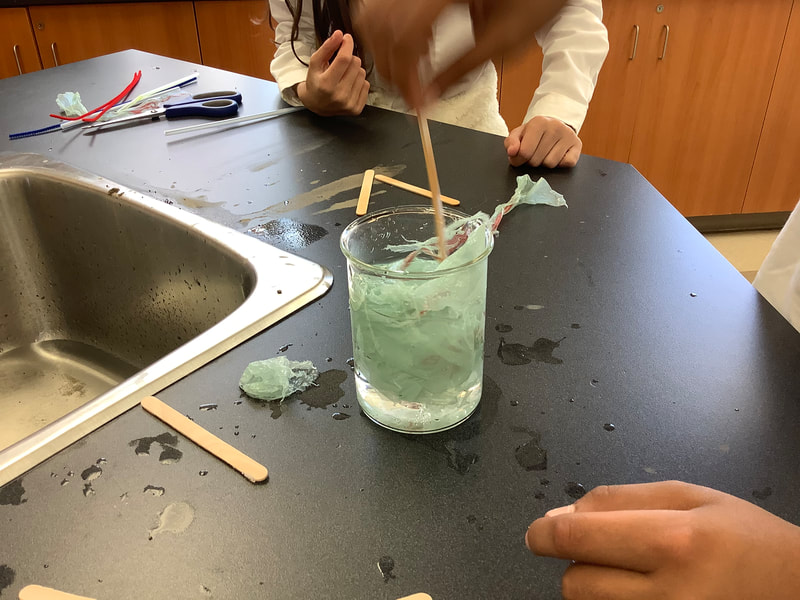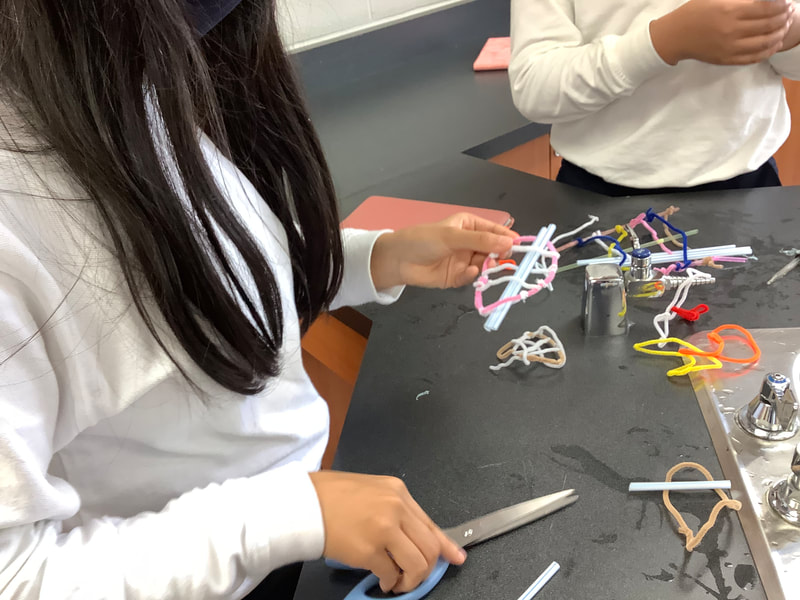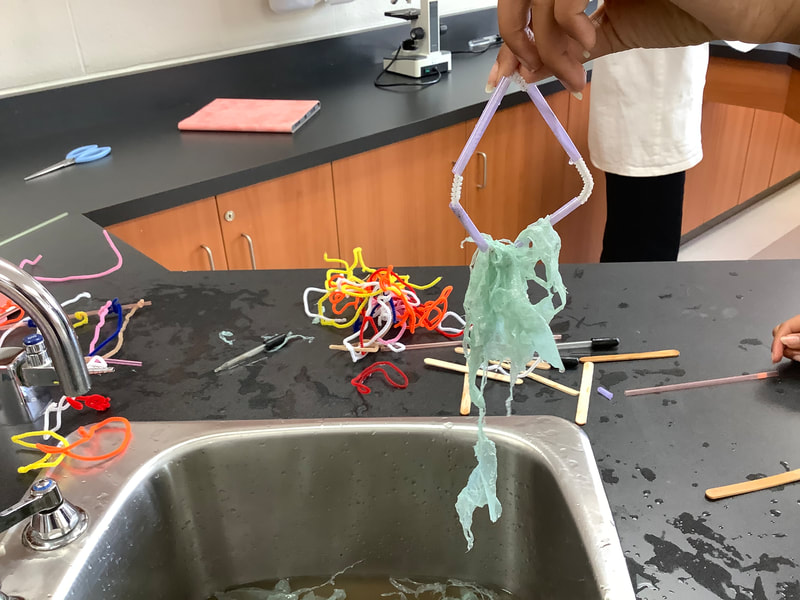-
Saving Montserrat
-
Outdoor Survival Shelter
-
Roving Mars
-
Journal
-
Is plastic ruining the ocean?
<
>
Saving Montserrat!
Montserrat is a tiny island in the Caribbean that is also known as the most dangerous island in the world. Not only do the residents need to worry about an active volcano on the island, it regularly finds itself in the path of major hurricanes.
Students are required to terraform the landscape to prevent houses from being damaged by wind, rain and flooding. After redesigning the landscape, students built hurricane proof houses to survive our in-class hurricane - also known as a water jug!
Students are required to terraform the landscape to prevent houses from being damaged by wind, rain and flooding. After redesigning the landscape, students built hurricane proof houses to survive our in-class hurricane - also known as a water jug!
Survival Lean-to building
As part of our structures unit, we ventured into our ravine to use our theoretical knowledge of form, function and the forces that affect structures to construct a survival shelter.
Students were given a scenario where they were lost in the woods at after a camping trip and needed to survive for 2 days. They needed to build a shelter, an area for a fire (not to be lit) and construct a tool for fishing in the river.
Students were given a scenario where they were lost in the woods at after a camping trip and needed to survive for 2 days. They needed to build a shelter, an area for a fire (not to be lit) and construct a tool for fishing in the river.
Reflecting on Feedback
I stumbled on this study from the Journal of Experimental Learning, where the authors explored whether manipulating feedback influenced cognition, motivation, and achievement in an undergraduate chemistry course.
According to the abstract (the full article is behind a paywall), researchers found that providing mastery and performance feedback was beneficial when specific and timed appropriately.
According to UGL principles, mastery feedback is a timely assessment done to lead the learner toward expertise. It is non-competitive and comparative in nature and is focused on skill development. A great example is teaching someone to ride a bike. When providing feedback to the learner, you wouldn't compare their riding to others or to a rubric but instead focus on the skills required to continue to progress toward mastery.
The opposite is true for performance feedback. This type of feedback is conducted to provide a benchmark for achieving a goal. For example, a teacher might use a summative rubric to evaluate a science project. The goal of performance feedback is to help the learner understand opportunities for growth toward the greater goal of skill mastery.
A fascinating insight in this study is that timing had a big influence on student outcomes. This seems intuitively true. If a teacher or manager were to provide performance feedback after an individual began a new task, it might lead to adverse outcomes because the individual may still be in the investigation and attempt phase of skill development.
As educators, we need to be aware of the influence of feedback - its benefits and disadvantages. As a new teacher, I struggled to balance the tension between constant feedback and open academic freedom. The most effective way to provide feedback is directly in person. Engaging in a face-to-face conversation allows emotions to better emulate between the parties involved. When this isn't possible, it's important to communicate the expectations as clearly as possible, especially for performance style feedback.
Peer feedback plays an important role because it offers a different perspective. Feedback from authority figures such as a teacher is important but can be significantly elevated when partnered with peer feedback. IBM coined this feedback process as the '360 degree' approach. In this process, an employee would receive performance feedback from their manager, co-workers, other office staff and anyone who they would regularly interact. IBM found that this method helped improve performance because employees could recognize trends from the feedback they received from many people. For example, if your teacher, friends and family said that you were always late for class, you might be more likely to improve your tardiness because it is a noticeable trend by many.
The importance of Tech Integration
Technology integration plays an essential role in K-12 education. As technology advances at an astonishing pace, it has become increasingly crucial to incorporate it into our classrooms effectively. The benefits are undeniable, ranging from enhancing student engagement to fostering critical thinking and problem-solving skills. However, amidst the excitement surrounding the use of technology in the classroom, we need to evaluate its role and impact on our students consistently.
Despite technology being a highly engaging tool for students, we still need more credible data to understand its long-term effectiveness for academic success. This doesn't mean we should abandon it, but rather take a more reflective approach to its implementation. As a tech integrator, I have found that a blanket approach to technology implementation is not appropriate. It is much more effective to take a lesson-by-lesson or student-by-student approach to technology integration. Apps, hardware, and games have different entry points for different users, posing serious challenges for teachers who may have classrooms with 30+ diverse students. Additionally, the rapidly changing nature of technology makes it challenging to gather long-term data, as an app that may be used one year could become irrelevant the next.
My suggested approach for implementing technology in the classroom is to first evaluate student engagement. Did the students have fun? What were their conversations like with each other? How many different results did you observe from your students?
If the students were engaged and producing unique work, then you might be implementing technology correctly. The next step is to assess its implementation using the SAMR model to determine at which stage you are with your implementation. If the technology is simply substituting something else, I would expect lower engagement and more overlap in the work produced by students.
Over the next few years, our society will need to reevaluate the purpose of school. Artificial intelligence is likely to provide a printing press-level effect on society. Will schools still use the traditional curriculum style of learning? Will students focus more on the application of technology to problem-solving over theory?
Whatever happens, technology will continue to play a pivotal role in education!
Despite technology being a highly engaging tool for students, we still need more credible data to understand its long-term effectiveness for academic success. This doesn't mean we should abandon it, but rather take a more reflective approach to its implementation. As a tech integrator, I have found that a blanket approach to technology implementation is not appropriate. It is much more effective to take a lesson-by-lesson or student-by-student approach to technology integration. Apps, hardware, and games have different entry points for different users, posing serious challenges for teachers who may have classrooms with 30+ diverse students. Additionally, the rapidly changing nature of technology makes it challenging to gather long-term data, as an app that may be used one year could become irrelevant the next.
My suggested approach for implementing technology in the classroom is to first evaluate student engagement. Did the students have fun? What were their conversations like with each other? How many different results did you observe from your students?
If the students were engaged and producing unique work, then you might be implementing technology correctly. The next step is to assess its implementation using the SAMR model to determine at which stage you are with your implementation. If the technology is simply substituting something else, I would expect lower engagement and more overlap in the work produced by students.
Over the next few years, our society will need to reevaluate the purpose of school. Artificial intelligence is likely to provide a printing press-level effect on society. Will schools still use the traditional curriculum style of learning? Will students focus more on the application of technology to problem-solving over theory?
Whatever happens, technology will continue to play a pivotal role in education!
IS PLASTIC RUINING THE OCEAN?
Subject: Grade 8 Science
Unit: Water Systems
Learning goals
To understand how ocean currents affect the flow of plastic waste in the ocean.
To construct a model device to remove large amounts of plastic from the ocean safely
To discuss
How bad is it?
How much time, effort and money should we provide to help clean up the oceans?
Who's job is it?
Lesson Script
Welcome to the world of water!
Over 70 % of our planet’s oxygen is produced by the ocean.
It’s thought that between 70 and 80 percent of the oxygen we breathe is produced by marine plants, nearly all of which are marine algae.
The Pacific Ocean is the world’s largest ocean and contains around 25,000 islands.
With 25,000 islands lying within it, the Pacific Ocean has more islands than anywhere else on the planet.
Plastic in the ocean
At least 8 million tons of plastic end up in our oceans yearly, making up 80% of all marine debris from surface waters to deep-sea sediments. Marine species ingest or are entangled by plastic debris, which causes severe injuries and deaths. This has a negative impact on the ecosystem, increasing the likelihood of extinction.
Today we will design a device to capture and remove plastic from a water source. We need to consider some important variables if we're going to ensure that this experiment is as realistic as possible.
Watch the BrainPop video on plastics, the TED ed video and complete the EdPuzzle. The TED-Ed video and the EdPuzzle are the same, but it's easier to watch the video in its entirety first. Once the EdPuzzle is done, please make sure it gets submitted.
Building a device
Using the materials provided, construct a model (small-scale) device that can be scaled up to use on a large ocean-bearing ship.
Considerations
The device will need to be lowered from a ship. You need to be able to stand approximately 1 m from the sink when removing the plastic.
One person can operate the device while the other helps guide the device via strings.
There is a 10-minute cap on the activity to represent the limited time available at sea.
Materials
Popsicle sticks
Pipe cleaners
Straws (plastic)
String
Soap
Hot glue
Elastic bands
Plastic grocery bags (cut up in small pieces)
Links
The Great Garbage Patch Video
Ocean Currents Video
Ocean Currents EdPuzzle
Attachments
Apple Numbers File (Not attached)
Subject: Grade 8 Science
Unit: Water Systems
Learning goals
To understand how ocean currents affect the flow of plastic waste in the ocean.
To construct a model device to remove large amounts of plastic from the ocean safely
To discuss
How bad is it?
How much time, effort and money should we provide to help clean up the oceans?
Who's job is it?
Lesson Script
Welcome to the world of water!
Over 70 % of our planet’s oxygen is produced by the ocean.
It’s thought that between 70 and 80 percent of the oxygen we breathe is produced by marine plants, nearly all of which are marine algae.
The Pacific Ocean is the world’s largest ocean and contains around 25,000 islands.
With 25,000 islands lying within it, the Pacific Ocean has more islands than anywhere else on the planet.
Plastic in the ocean
At least 8 million tons of plastic end up in our oceans yearly, making up 80% of all marine debris from surface waters to deep-sea sediments. Marine species ingest or are entangled by plastic debris, which causes severe injuries and deaths. This has a negative impact on the ecosystem, increasing the likelihood of extinction.
Today we will design a device to capture and remove plastic from a water source. We need to consider some important variables if we're going to ensure that this experiment is as realistic as possible.
Watch the BrainPop video on plastics, the TED ed video and complete the EdPuzzle. The TED-Ed video and the EdPuzzle are the same, but it's easier to watch the video in its entirety first. Once the EdPuzzle is done, please make sure it gets submitted.
Building a device
Using the materials provided, construct a model (small-scale) device that can be scaled up to use on a large ocean-bearing ship.
Considerations
The device will need to be lowered from a ship. You need to be able to stand approximately 1 m from the sink when removing the plastic.
One person can operate the device while the other helps guide the device via strings.
There is a 10-minute cap on the activity to represent the limited time available at sea.
Materials
Popsicle sticks
Pipe cleaners
Straws (plastic)
String
Soap
Hot glue
Elastic bands
Plastic grocery bags (cut up in small pieces)
Links
The Great Garbage Patch Video
Ocean Currents Video
Ocean Currents EdPuzzle
Attachments
Apple Numbers File (Not attached)

